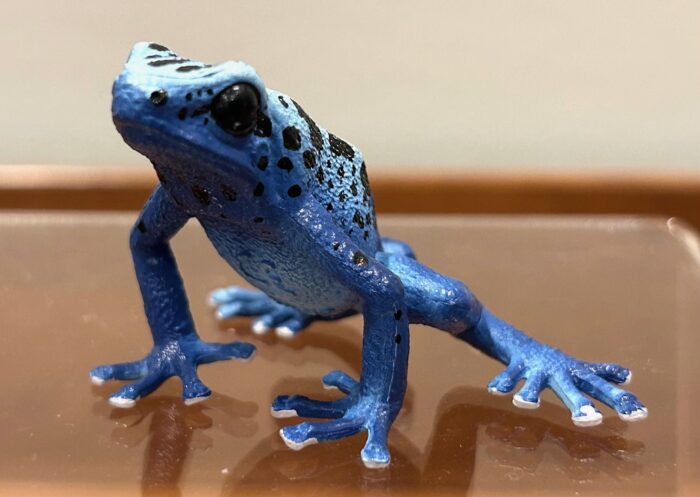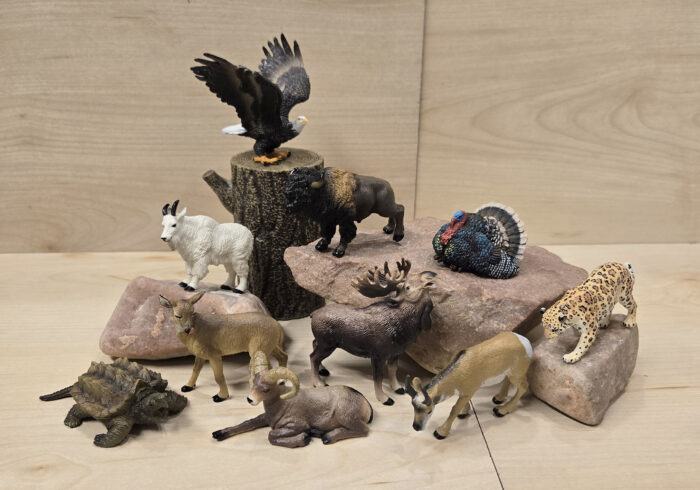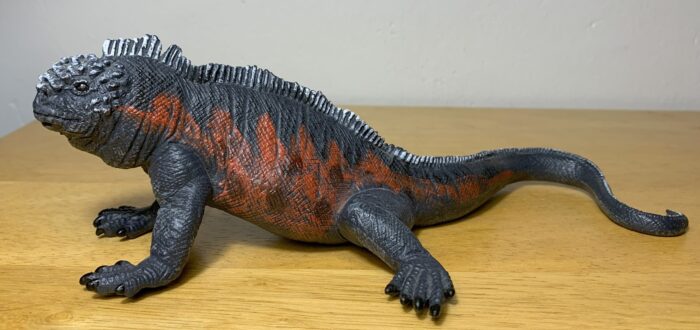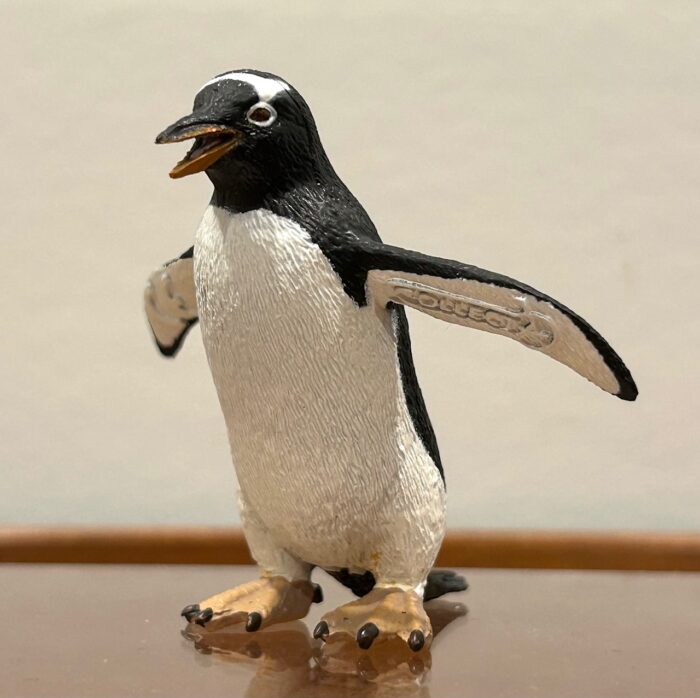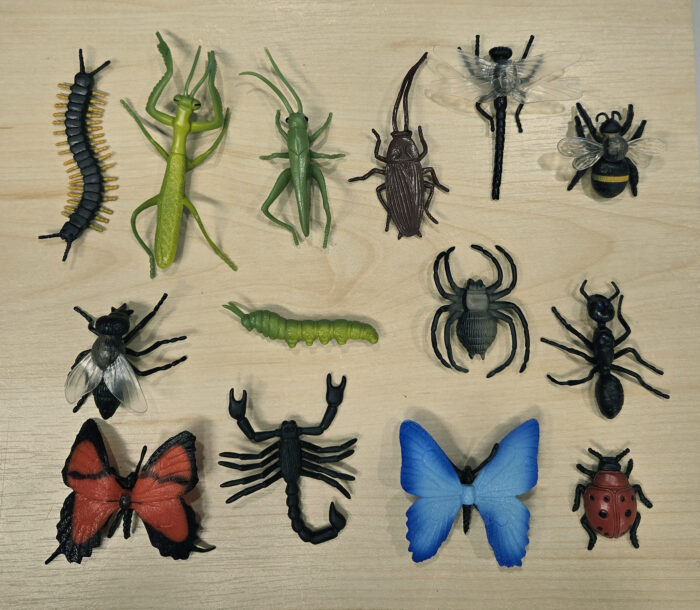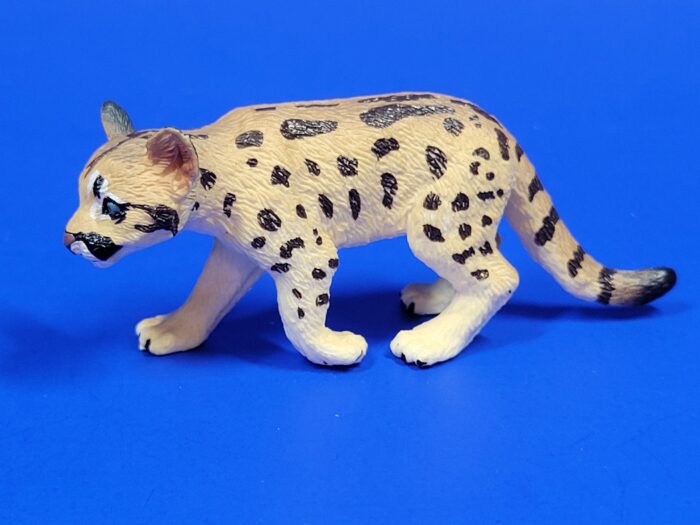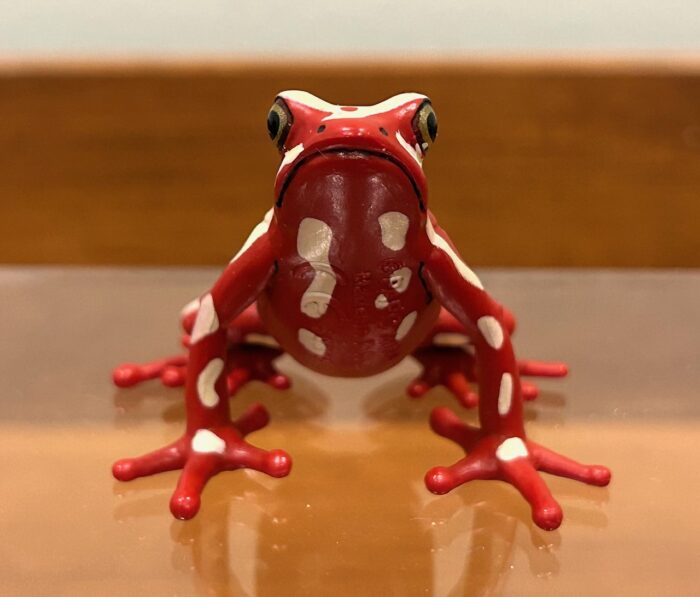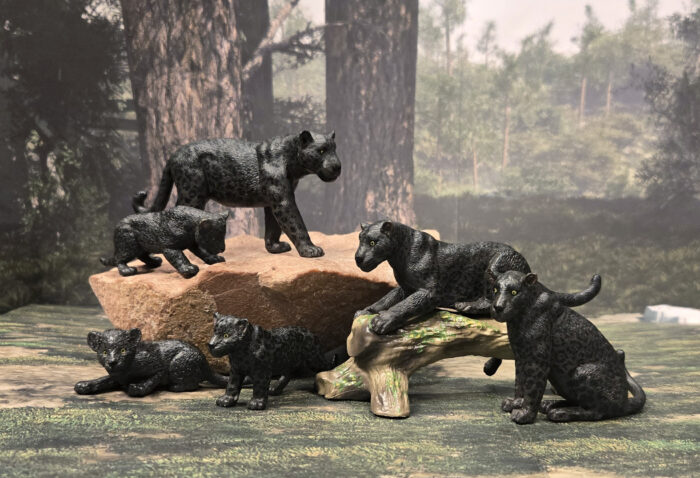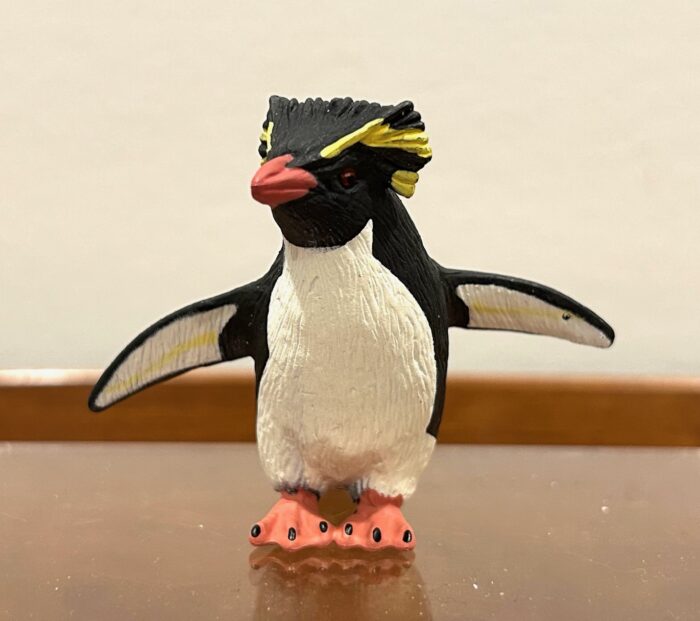Review and images by Suspsy; edited by bmathison1972
All the poison dart frogs of Central and South America are decked out in vivid colours, but the blue poison dart frog (Dendrobates tinctorius var. azureus) is particularly unique due to being decked out in brilliant blues.

